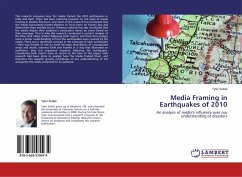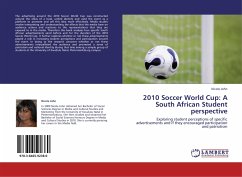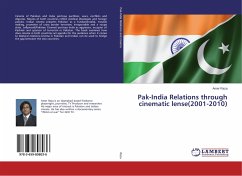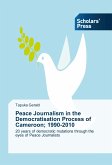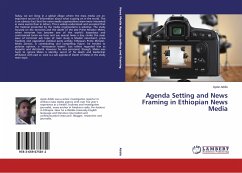This research compares how the media framed the 2010 earthquakes in Chile and Haiti. There has been extensive research on the topic of media framing in disaster literature, and much of the research has concluded that the media inaccurately frames disasters to focus more on human loss and destruction than actually occurs. Previous research has also concluded that the media shapes their audience s conclusions about an event based on their coverage. That is why this research conducted a content analysis of the New York Times articles following both events, and from that analysis came a better understanding of how the earthquakes were covered by the media. There was a significant contrast in the coverage of each earthquake Haiti was framed as hell on earth through descriptions of unorganized chaos and death, whereas Chile was framed in a way that illustrated an inefficient, slow but organized response following the earthquake. Considering both events were so recent at the time of this paper, little research had been done to analyze how the media framed them, and therefore this research greatly contributes to our understanding of the viewpoints the media presented to its audience.
Bitte wählen Sie Ihr Anliegen aus.
Rechnungen
Retourenschein anfordern
Bestellstatus
Storno

